#Nakazawa Hiromitsu
Text
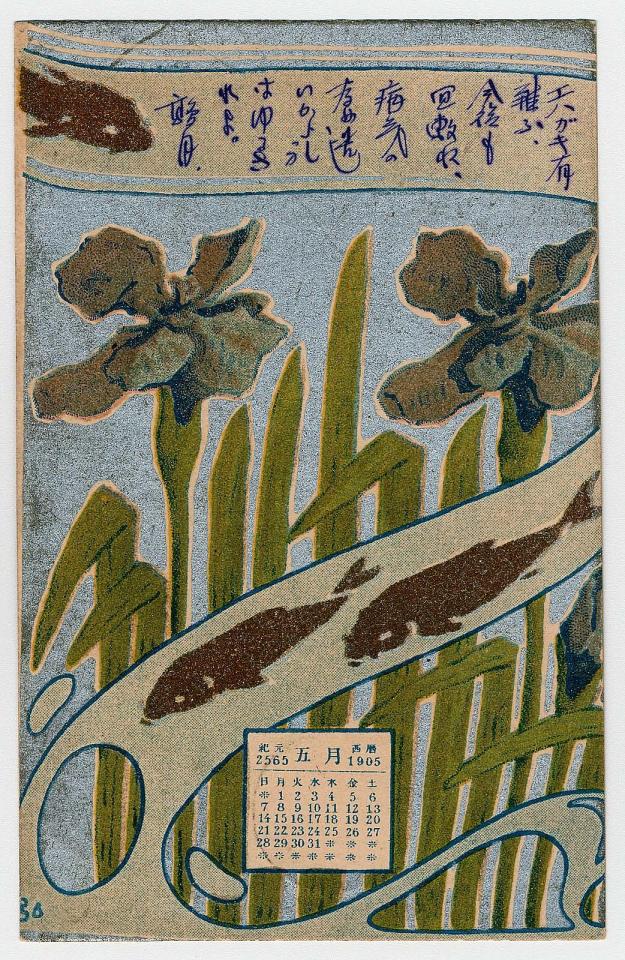
Nakazawa Hiromitsu
Iris and Carps with a Calendar of May, 1905 あやめと鯉 カレンダー1905年五月より
Publisher: Japanese Postcard Association (Nihon hagaki kai) Distributed by: Hakubunkan
Late Meiji era1905
1K notes
·
View notes
Photo

“Kōdō (Gyōganji, Temple #19)” from the series “Picture Album of the Thirty-Three Pilgrimage Places of the Western Provinces” by Nakazawa Hiromitsu (中沢弘光), 1925
Color woodblock print from the Lavenberg Collection of Japanese Prints
#japanese art#japanese prints#woodblock print#中沢弘光#nakazawa hiromitsu#京都#kyoto#行願寺#gyoganji#革堂#kodo#西国三十三所
20 notes
·
View notes
Note
Do you have a favorite artist or movement?
i'm flaky and it's hard for me to pick a favorite anything, but lately i have been kind of obsessed with illustrators from the late 19th & early 20th century - this period is called the "golden age" of illustration because technological advances in printmaking, paper production, and rail transport made it more efficient to produce and distribute accurate color reproductions, so there was a boom in illustration work for books and periodicals. it also coincided with the modernist/postimpressionist rejection of naturalism and realism in favor of expressionism, symbolism, and proto-surreal (even proto-psychedelic) styles (and of a bunch of European artists becoming obsessed with & straight ripping off Japanese Ukiyo-e woodcuts) and i think there's a dreaminess, macabreness, whimsy and mysticism about a lot of the illustration work of the time.
i really like illustrators who were influenced by art nouveau design, like Kay Nielsen:

and Nakazawa Hiromitsu:

and Aubrey Beardsley:
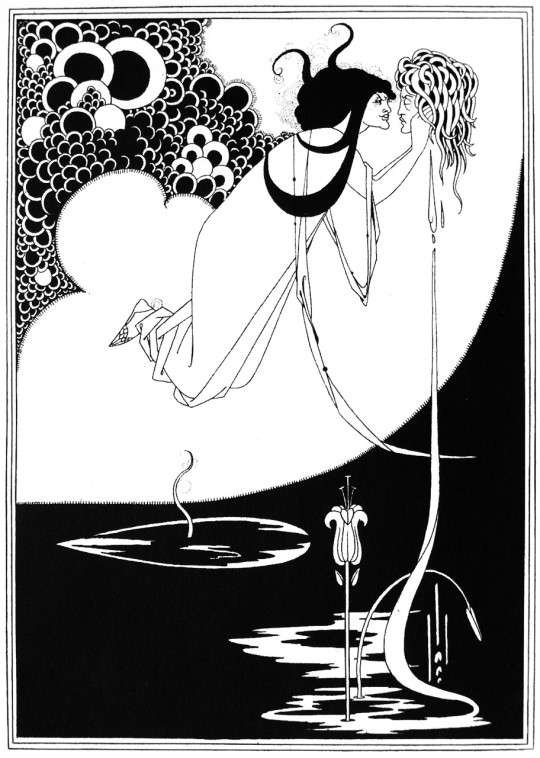
and Virginia Frances Sterrett:
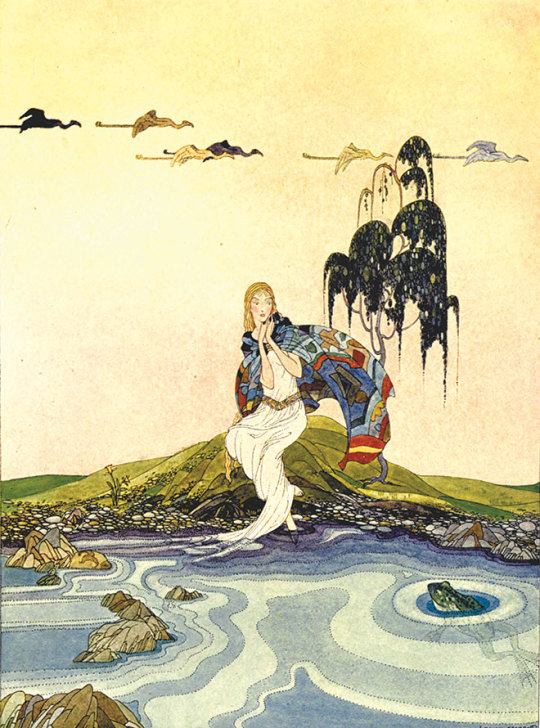
and George Wolfe Plank:
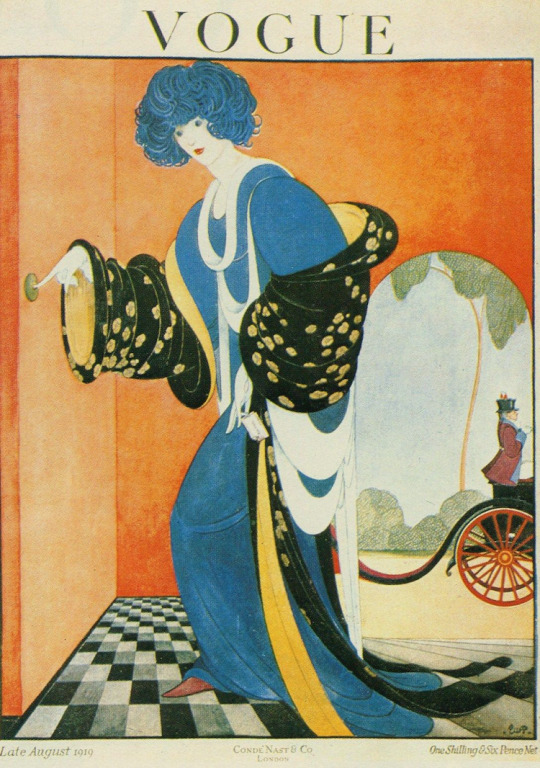
thank you so much for the art asks, anon, and sorry i have taken so long to get to them!
30 notes
·
View notes
Photo

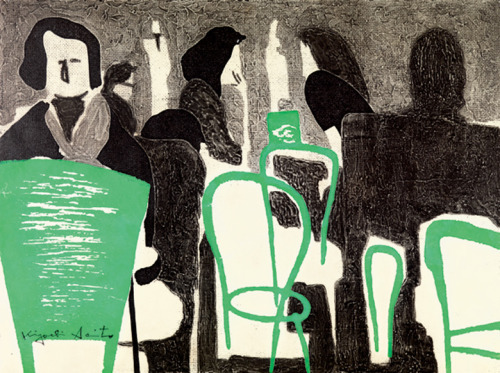
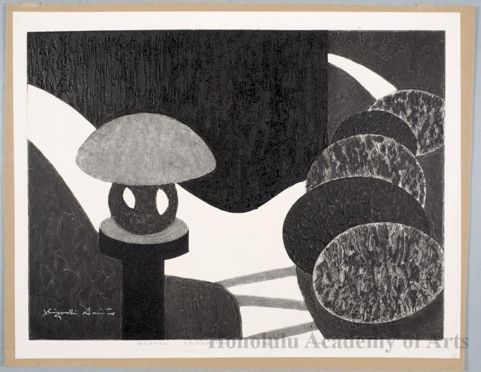

Asai Kiyoshi 朝井清, 1901-1968
Japanese printmaker;
Born in Hiroshima prefecture, studied with Saitô Yori (1885-1959) and Nakazawa Hiromitsu (1874-1964). One of the founding members of Nihon Hanga Kai (Japan Print Society, established in 1960) along with Munakata Shiko, Maekawa Senpan et al.
9 notes
·
View notes
Text
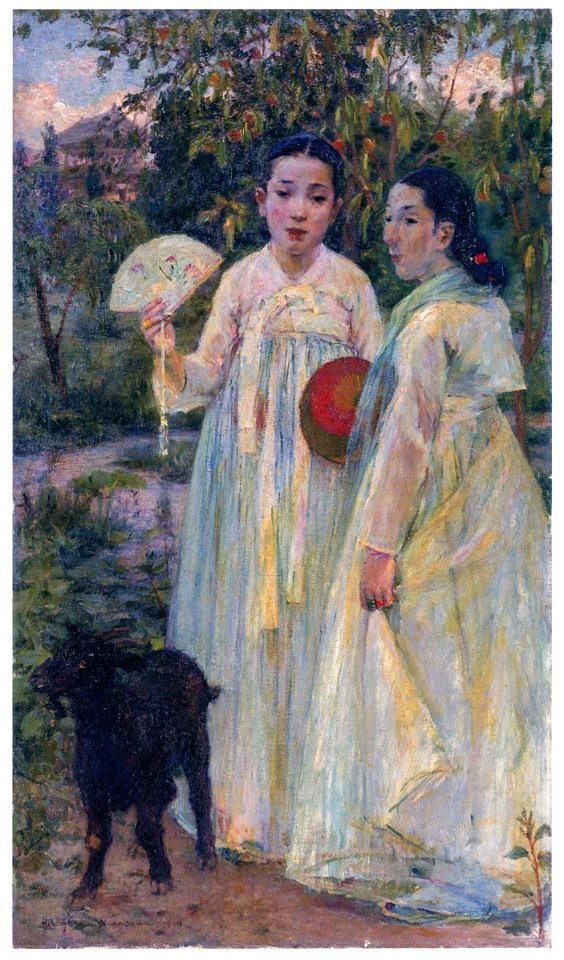
Korean Girls
Nakazawa Hiromitsu (1874-1964)
2 notes
·
View notes
Photo

Smelling - from the series ‘Beautiful Women and the Senses’ (1905) by Nakazawa Hiromitsu (Japanese, 1874–1964).
Postcard. Woodblock print. Published by Sunbikai.
Image and text information courtesy MFA Boston.
137 notes
·
View notes
Photo

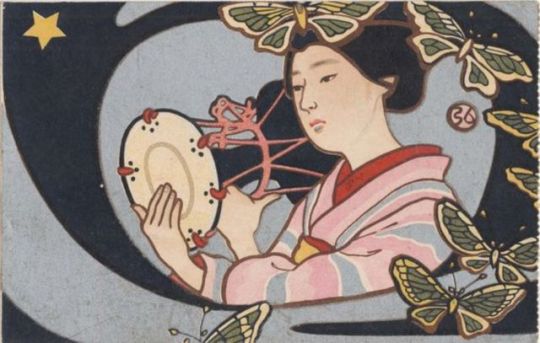
Nakazawa Hiromitsu 中沢弘光 (1874 - 1964).
147 notes
·
View notes
Photo
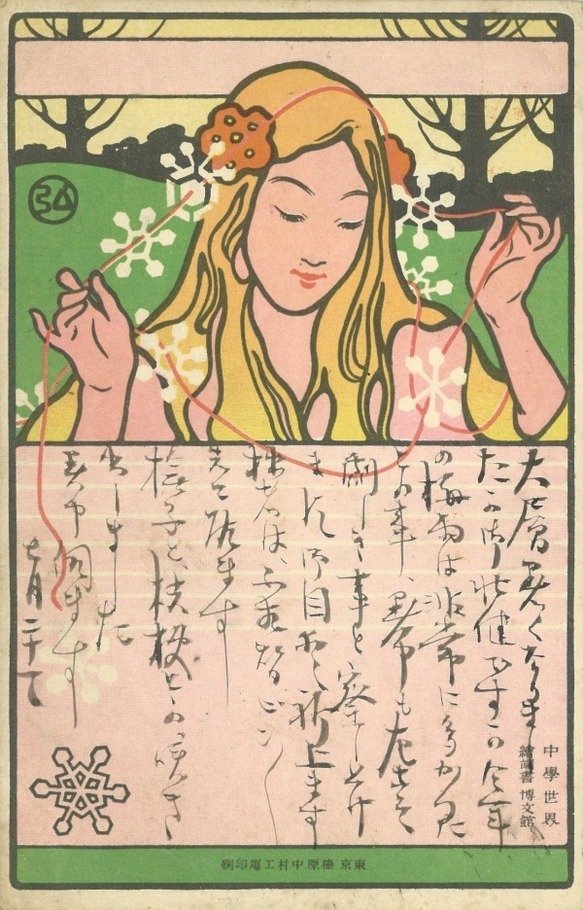
Nakazawa Hiromitsu 中澤弘光 (1874-1964)
Necklace of Snow 雪の首飾り- postcard - Japan - 1908
Source fashion-press.net
#Nakazawa Hiromitsu#中澤弘光#Japanese painter#Japanese illustrator#Japan#Meiji#1900s#明治#Japanese postcard#絵葉書#雪の首飾り#Necklace of Snow
350 notes
·
View notes
Photo


Ningyo (人魚)
En todas las mitologías del mundo han existido seres marinos misteriosos, antropomorfos y con algunas características animales. Esto incluye países como China y Japón. La sirena japonesa, ningyo, podría ser la explicación fantástica de avistamientos de dugones en el pasado, grandes mamíferos hervíboros que se acercan a las costas.
A diferencia de las sirenas occidentales, la sirena japonesa tiene cuerpo entero de pez, sólo su rostro es de ser humano. Cuando se ha ivsto un ningyo en la costa, esa nuncio de algún tsunami o terremoto; aunque su avistamiento anuncia una catástrofe, también puede servir de alarma. La carne de ningyo era muy apreciada por creerse que podía otorgar belleza y juventud a quien la consumiera.
Alguna vez, una mujer llamada Yaobikuni probó la carne de sirena que le sirvieron en un banquete organizado por un dragón marino. La carne otorgó a la mujer belleza y juventud, permitiéndole casarse varias veces a lo largo de cientos de años. La muerte incesante de sus maridos le causaba profunda tristeza, así que decidió hacerse monja y peregrinó por todo el país ayudando a los pobres, acompañada de una rama de camelia, especie qu simboliza la longevidad.
Ochocientos años después, Yaobikuni encontró una sirena y le rogó que la liberase de la eterna juventud. La sirena cedió y Yaobikuni murió tranquilamente en una cueva.
www.mitosjpenespanol.tumblr.com
Imágenes:
1: Matsukaze - Dai Chikamatsu Zen Shu de Nakazawa Hiromitsu.
2: Un ningyo por Konjaku Hyakki Shūi de Toriyama Sekien.
#人魚#日本#Ningyo#Mitología japonesa#Mitos japoneses#Mitos de Japón#Mitología#Japón#Yokai#criaturas sobrenaturales#Nakazawa Hiromitsu#Toriyama Sekien
20 notes
·
View notes
Text

Hiromitsu Nakazawa "Title Unknown"
中澤弘光「(不明)」
20 notes
·
View notes
Text

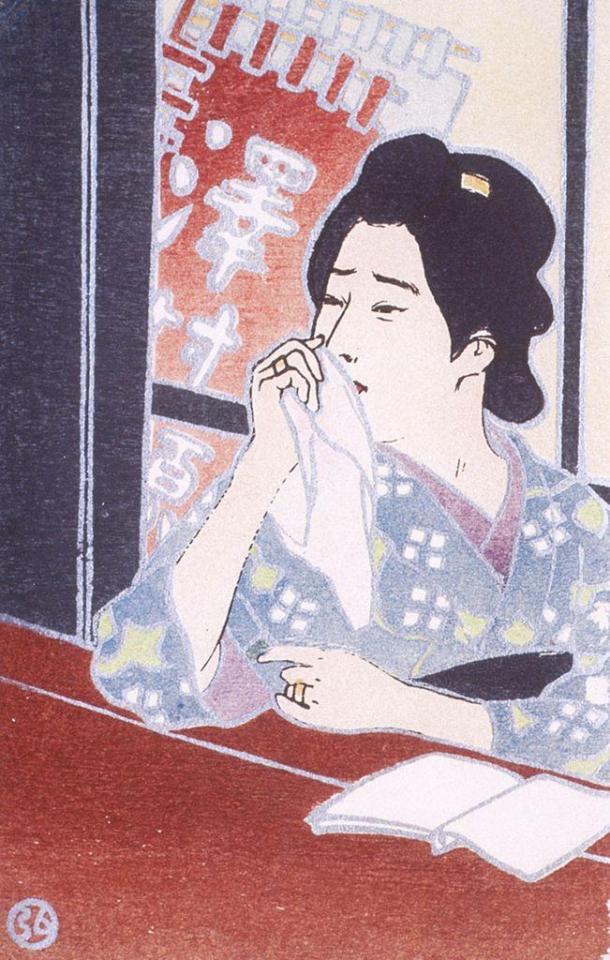
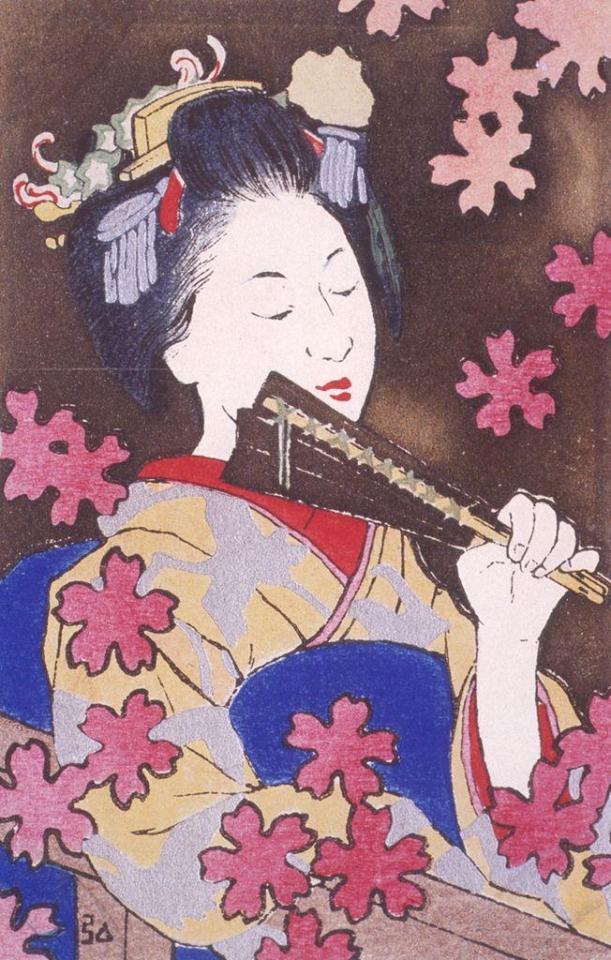
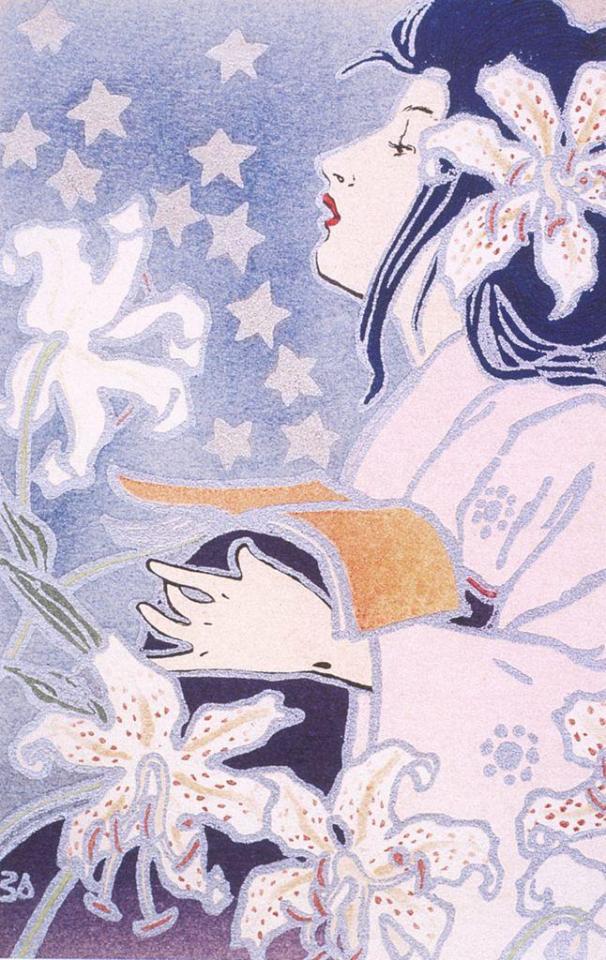
Hiromitsu Nakazawa
Tasting Looking Sleeping Smelling
woodblock and stencil
1905
Late Meiji era
From the series Beautiful Women and the Senses
#Hiromitsu Nakazawa#japanese art#postcards#woodblock print#ukiyoe#color woodblock#japanese#woodcut#set
186 notes
·
View notes
Photo

"Palanquins and Autumn Leaves", by artist Nakazawa Hiromitsu, about 1906. Museum purchase with funds donated by Leonard A. Lauder. MFA
99 notes
·
View notes
Photo

"Woman Holding Hand Drum", by artist Nakazawa Hiromitsu, 1900-1910. Museum purchase with funds donated by Leonard A. Lauder. MFA
60 notes
·
View notes
Photo

Ukiyo-e.org Nakazawa Hiromitsu: The Tale of Genji
10 notes
·
View notes

